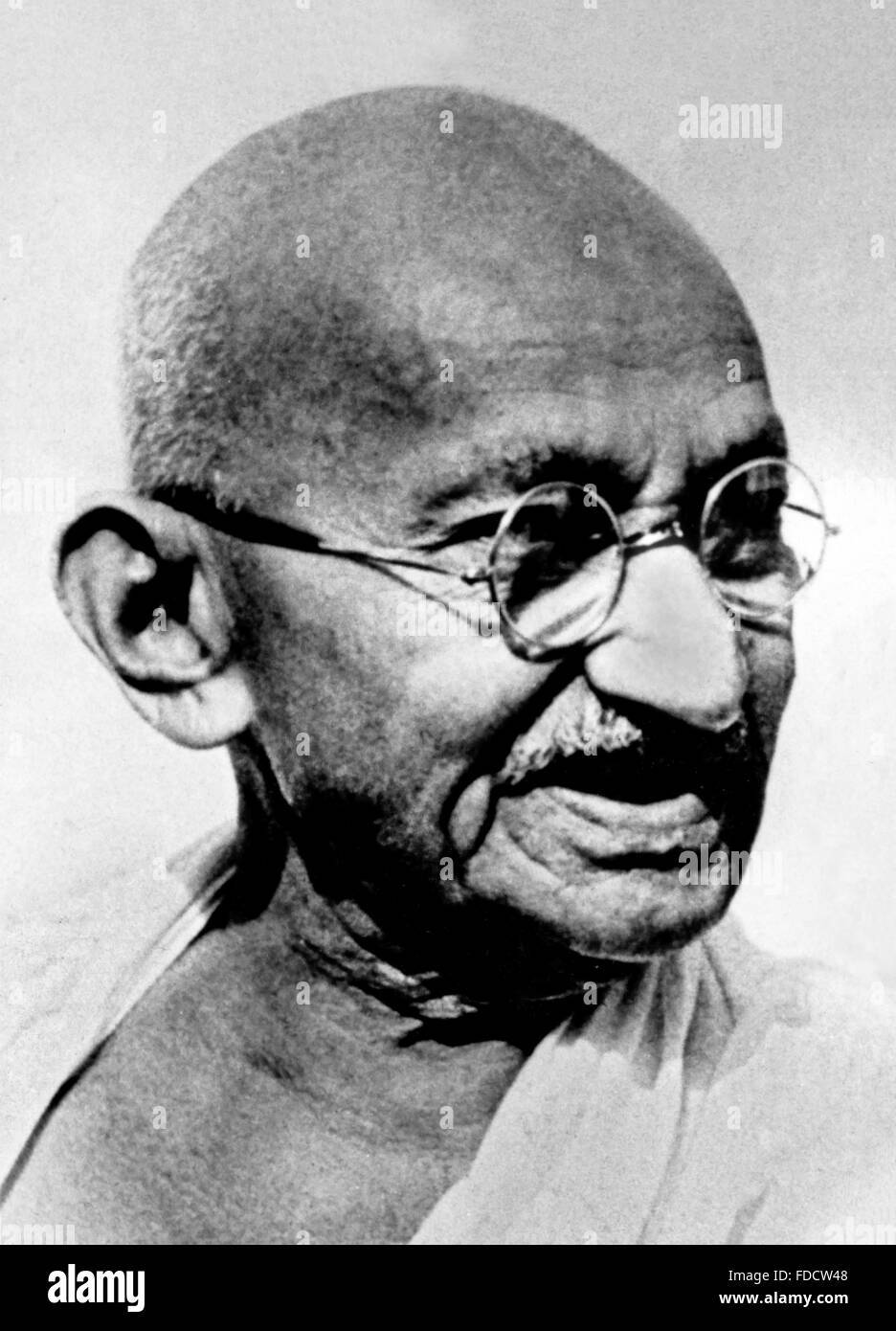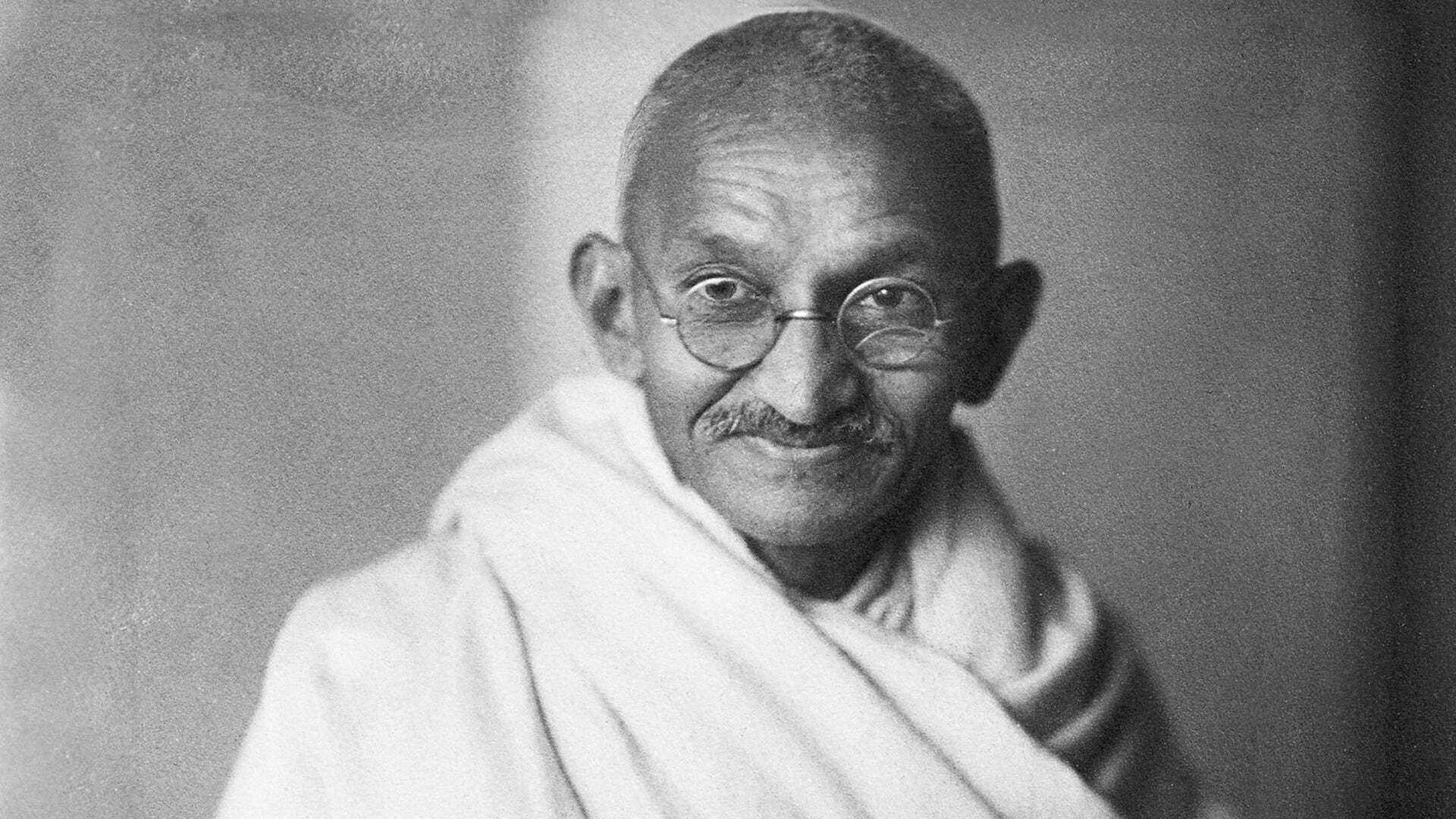In the United States, one can find Gandhi statues which stand out as strong reminders of the tenets that he upheld- peace, tolerance and non-violence. These sculptures honor his memory while simultaneously prompting us to ponder over the never-ending battle for justice and equity.Spanning from coast to coast, they are positioned in different towns where every edifice has its own distinct tale regarding Mahatma Gandhi’s impact. If you like taking pictures or are just an admirer of beauty and ancient artefacts, shooting these memorials would be gratifying.
The Significance of Gandhi Statues

To several individuals, Mahatma Gandhi’s statues hold a lot of significance. They signify:
- Peace: Gandhi’s philosophy of non-violence continues to inspire movements for peace worldwide.
- Justice: His fight against injustice reminds us to stand up for what is right.
- Unity: Gandhi’s teachings encourage people from all walks of life to come together for a common cause.
These sculptures are community congregating grounds where togetherness, diversity and harmony are celebrated. The image of this monument captured records its importance and keeps the unending message of Gandhi alive through arts.
Famous Gandhi Statues You Can Find

Throughout the United States, various remarkable statues of Gandhi lure tourists and photographers as well. Some of them include:
| Location | Description |
|---|
| San Francisco, California | A large bronze statue located in the heart of the city, symbolizing peace and non-violence. |
| Washington, D.C. | This statue is part of the National Gandhi Memorial, highlighting his influence on civil rights. |
| Atlanta, Georgia | Located in the Martin Luther King Jr. National Historical Park, it pays homage to Gandhi’s role in the civil rights movement. |
| New York City, New York | This statue is found in Union Square, where it serves as a meeting place for peace activists. |
Each of the statues not only embodies Gandhi's values but also provokes the visitors, to what extent they engage in his teaching. In addition, when taking pictures of these places, it is advisable to photograph them within a context that also serves to show up their vital character.
Best Practices for Photographing Statues

Being able to photograph sculptures is a great pleasure, but capturing their spirit takes a little strategy. Below are some of the good practices you need to remember:
- Research the Location: Before you head out, familiarize yourself with the statue's surroundings. Understanding the context can help you capture better photos.
- Visit During Off-Peak Hours: Early mornings or late afternoons are often quieter. This allows you to focus on getting the perfect shot without interruptions.
- Get Close: Don’t be afraid to zoom in on details. The expressions, textures, and materials of the statues often tell their own stories.
- Vary Your Angles: Take photos from different perspectives. A shot from below can make the statue appear larger and more imposing, while a side angle can reveal details that front-facing shots might miss.
- Consider the Background: Make sure the background complements your subject. A cluttered background can distract from the statue’s beauty.
Loyal to these practices, one can improve their photography and appreciate the artistry and historical background of each statue better.
Tips for Composition and Lighting
Statues are among the grandest subjects for photography, thus their composition and lighting should be taken great care.Shooting shiny sculptures or statues stuff appears to be quite challenging. However with a little practice anyone can get perfect pictures.
- Use the Rule of Thirds: Imagine dividing your frame into a grid. Place the statue along these lines or at their intersections for a balanced composition.
- Natural Light is Key: The best light for outdoor photography is usually early morning or late afternoon. Avoid harsh midday sunlight, as it can create unflattering shadows.
- Experiment with Depth: Including elements in the foreground or background can add depth to your photo, making it more visually interesting.
- Capture Reflections: If the statue is near water, consider photographing its reflection. This can add a unique touch to your images.
- Use a Tripod: A tripod can stabilize your camera, especially in low-light conditions, resulting in sharper images.
Your photography prowess can be improved by concentrating on the arrangement of objects and lighting, resulting in striking
images which authentically reflect the essence of these statues.
Using Giphy Downloader for Capturing Moments
After you have captured your
images, perhaps you will want to make animated GIFs or brief videos for sharing the memories. This is when Giphy Downloader becomes critical. In the following ways it can be utilized:
- Find Your GIF: Browse through the Giphy website or app to find GIFs that resonate with your statue photos.
- Download the GIF: Use Giphy Downloader to save your chosen GIFs directly to your device. Just copy the link and paste it into the downloader tool.
- Edit if Needed: You can edit your downloaded GIFs using simple editing tools. This allows you to add captions or adjust the speed of the animation.
- Share on Social Media: Once your GIFs are ready, share them on your favorite platforms to engage your audience and showcase your photography.
Giphy Downloader doesn’t just make your digital story telling better, it also lets you expressively save the shared moments. So make your pictures proliferate!
Editing Your Photos for Impact
In deed, photo editing can be the game changer between a flat image and an impressive one. You are likely to like what your pictures reflect with a simple edit.However, these few tips will give you an idea where to start:
- Choose the Right Software: Whether you use Adobe Lightroom, Photoshop, or a free app like GIMP, find a tool that suits your skill level and needs.
- Adjust Exposure: Start by tweaking the exposure. A well-lit photo can make a significant difference. Make sure your subject stands out without losing details in the highlights or shadows.
- Enhance Colors: Boost the saturation and vibrance to make the colors pop, but be careful not to overdo it. You want the statue to look natural.
- Crop for Composition: If you feel your original framing wasn't perfect, don’t hesitate to crop the image. Focus on the most compelling elements of your shot.
- Add Filters Wisely: Filters can enhance the mood of your photo. However, use them sparingly to avoid overwhelming the original beauty of the statue.
At last, keep your amendments in a format that is of high-resolution so as to share your breathtaking
images on different platforms. After some practice, you’ll have an editing style which stands out over time and reflects what you envisage artistically!
Frequently Asked Questions
There are several questions often posed by individuals with regard to the capturing and modifying of statues in photographs:
What is the best time of day to photograph statues?
- Early mornings or late afternoons are ideal for softer lighting and fewer crowds.
Do I need a professional camera?
- While a DSLR or mirrorless camera offers more options, many smartphones have excellent cameras that can produce stunning results.
Can I edit my photos on a mobile device?
- Yes! There are many great editing apps available for both iOS and Android that can help you enhance your photos on the go.
How can I share my photos online?
- Consider using social media platforms like Instagram, Pinterest, or dedicated photography websites to showcase your work.
What should I do if I can’t get the lighting right?
- Don’t hesitate to adjust your shooting angle or use reflectors to bounce light onto your subject for better exposure.
You ought to find solace in the fact that these responses will effectively guide you into the thrilling photography and editing realm with confidence!
Conclusion
Snapping pictures of Gandhi effigies presents a completely novel occasion for connecting with art, history and important messages. To ensure that the final
images are true representations of Gandhi’s spirit, it is important to apply best practices and consider some editing strategies to making your photos exciting and valuable.There is a need for one experiment with various shooting angles, compositions and editing styles as this will help you develop a voice that is unique to you in photography. Each time you publish such
images on the Internet or simply admire them by yourself they stand testimony to the sweet influence on whose shoulders Mahtma piloted his nation towards independence.With this regard, fetch your
 To several individuals, Mahatma Gandhi’s statues hold a lot of significance. They signify:
To several individuals, Mahatma Gandhi’s statues hold a lot of significance. They signify: Throughout the United States, various remarkable statues of Gandhi lure tourists and photographers as well. Some of them include:
Throughout the United States, various remarkable statues of Gandhi lure tourists and photographers as well. Some of them include: Being able to photograph sculptures is a great pleasure, but capturing their spirit takes a little strategy. Below are some of the good practices you need to remember:
Being able to photograph sculptures is a great pleasure, but capturing their spirit takes a little strategy. Below are some of the good practices you need to remember:
 admin
admin








